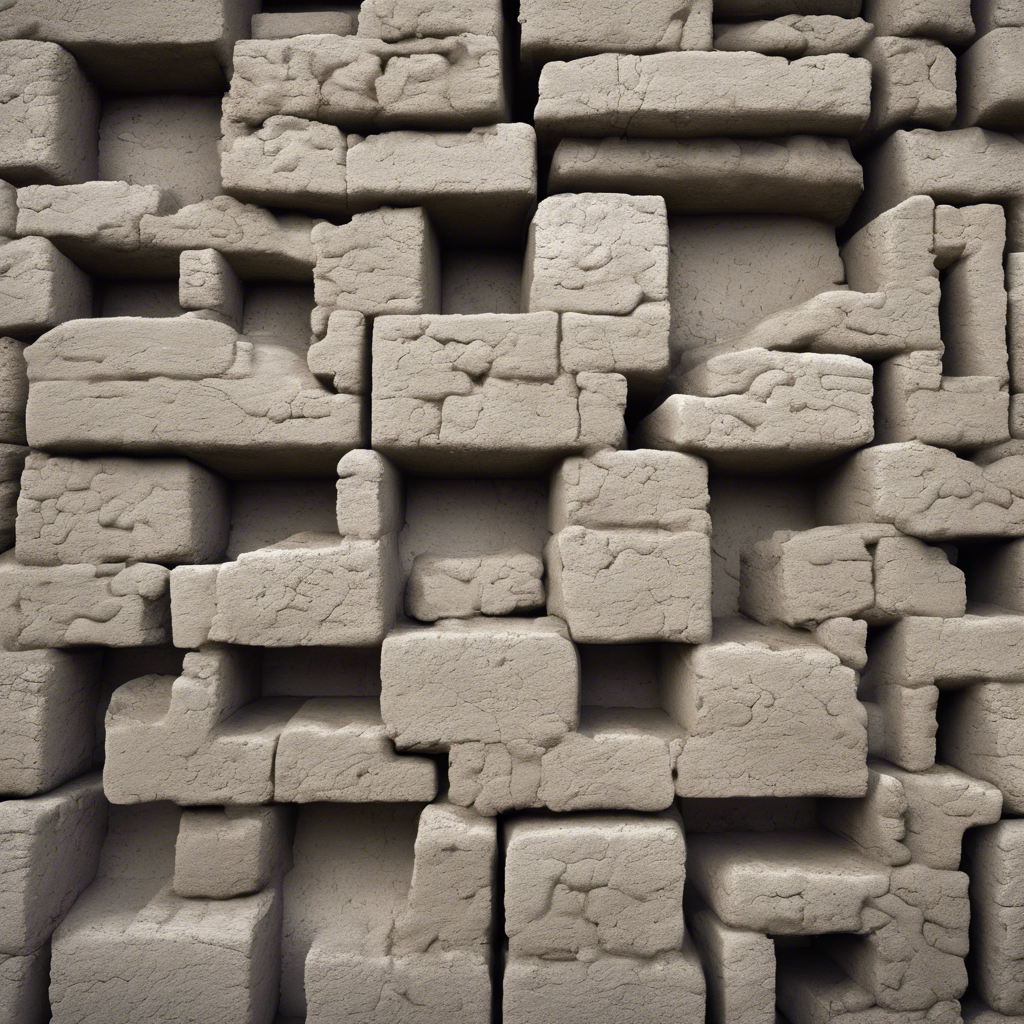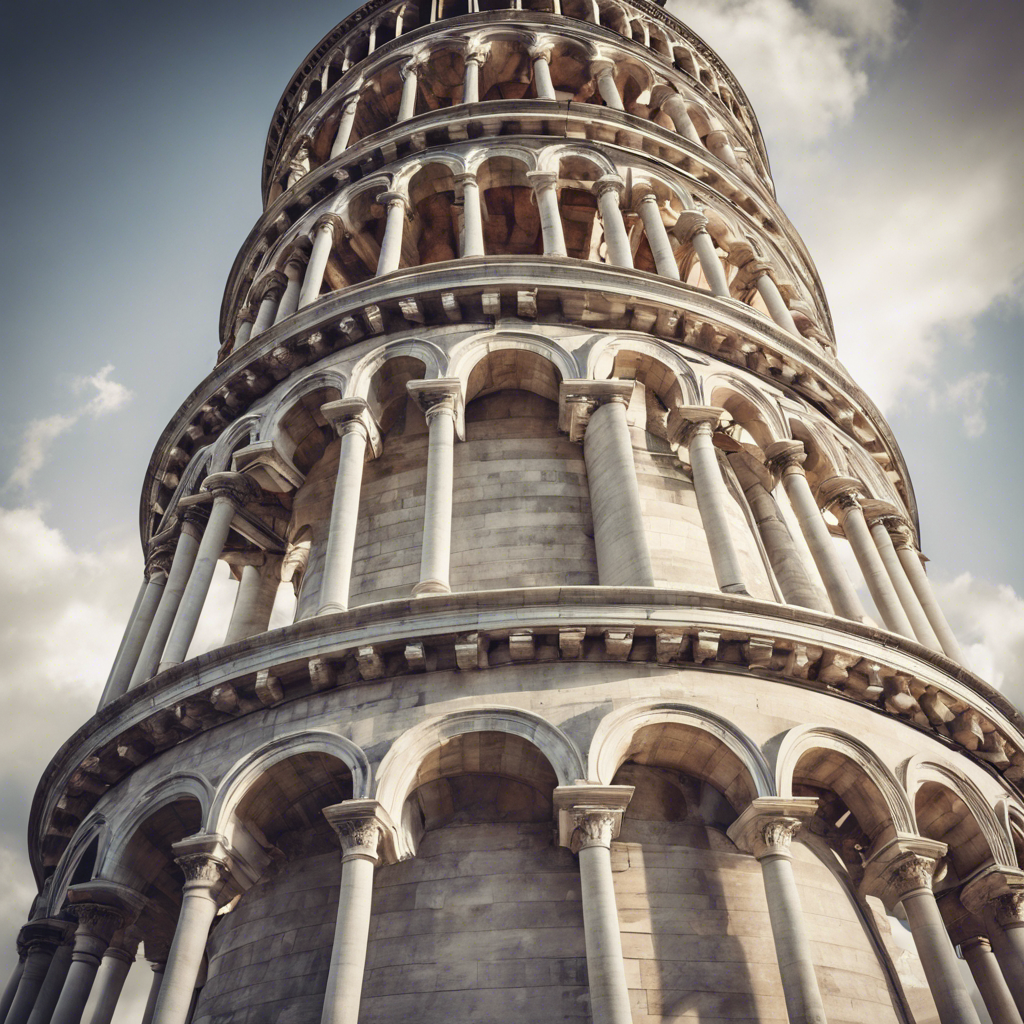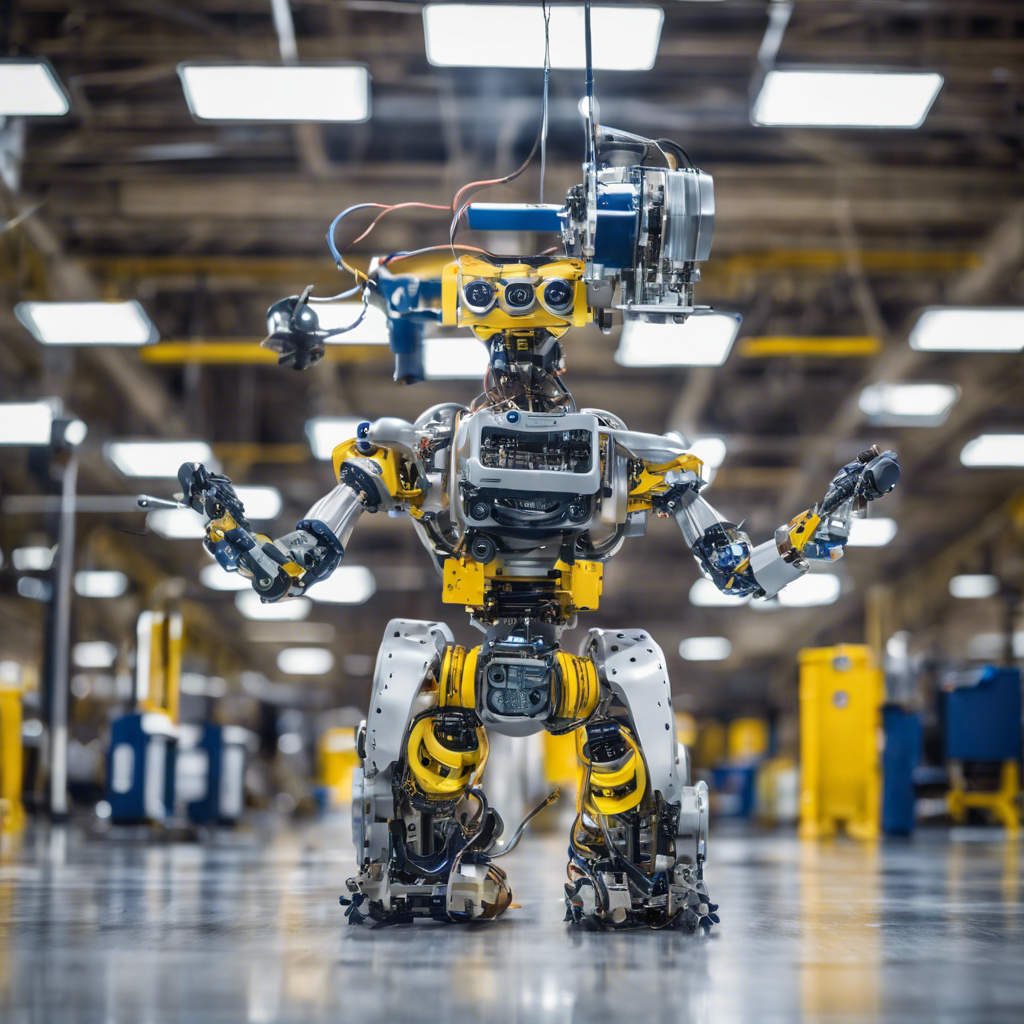Durability engineer proposes a low carbon alternative to traditional Portland cement, inspired by ancient Roman concrete.
As the construction industry grapples with the environmental impact of concrete production, engineers are looking to ancient Roman technology for a solution. Concrete, the most widely used building material in the world, is responsible for a significant portion of global greenhouse gas emissions. However, a low carbon alternative called calcined clay, similar to the concrete used by the Romans, has the potential to reduce emissions by up to 40%. This article explores the environmental challenges posed by concrete production, the benefits of switching to calcined clay, and the need for widespread adoption in the engineering and construction industry.
The Environmental Impact of Concrete Production
Concrete, the backbone of modern infrastructure, has seen a doubling in demand over the past two decades. However, this growth comes at a significant cost to the environment. Concrete production accounts for approximately 5-8% of global greenhouse gas emissions, primarily due to the production of cement. The process of heating limestone to produce cement releases greenhouse gas emissions directly, as well as indirectly from the burning of fossil fuels to power the kiln.
Introducing Calcined Clay as a Low Carbon Alternative
Durability engineer Miles Dacre from consultancy AECOM proposes calcined clay as a sustainable alternative to traditional Portland cement. Calcined clay is made by blending clinker, calcined clay (heat-treated clay), limestone, and gypsum. This ancient Roman concrete offers a promising solution to the environmental and emissions problems associated with modern concrete production. A recent study published in Applied Clay Science highlights the durability of Roman concrete, which remains in remarkable condition even after 2000 years of exposure to harsh maritime environments. In contrast, modern Portland cement concrete shows degradation within 32 weeks of exposure to seawater.
The Potential for Emissions Reduction
Dacre emphasizes the urgent need to transition to calcined clay as quickly as possible. This cement alternative has the potential to reduce emissions by approximately 40% compared to ordinary Portland cement. By incorporating calcined clay into concrete production, the construction industry can make significant strides towards mitigating the environmental impact of infrastructure projects. The low carbon nature of calcined clay makes it a compelling option for engineers and architects seeking sustainable building materials.
Educating the Engineering and Construction Industry
Dacre underscores the importance of widespread education and adoption of calcined clay in the engineering and construction industry. Engineers and professionals in the field need to familiarize themselves with this sustainable alternative and explore its potential applications. Collaborative efforts from all stakeholders in the industry are necessary to prove the efficacy of calcined clay and accelerate its implementation. By embracing this ancient Roman technology, the construction industry can pave the way for a more sustainable future.
Conclusion:
The construction industry faces a pressing challenge in reducing the carbon emissions associated with concrete production. The adoption of calcined clay, a low carbon alternative inspired by ancient Roman concrete, offers a promising solution. Not only does calcined clay have the potential to reduce emissions by up to 40%, but it also provides exceptional durability, as demonstrated by the longevity of Roman concrete structures. The urgency to transition to calcined clay is clear, and it requires the collective effort of engineers, architects, and industry professionals to make this sustainable alternative the new norm. By embracing the lessons of the past, the construction industry can build a more sustainable future.











